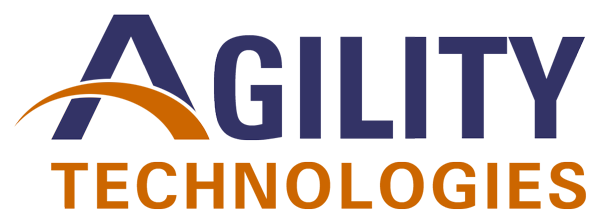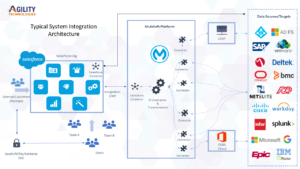Why DevSecOps Matters
As federal agencies modernize their IT systems, Salesforce has become a critical platform for case management, grants administration, loan processing, and citizen engagement. However, with increasing cybersecurity threats and stringent compliance requirements like FedRAMP, DoD IL4/IL5, and DISA STIG, agencies must adopt a secure, automated approach to Salesforce development and deployment.
DevSecOps is the integration of development, security, and operations into a unified approach that ensures continuous security compliance without slowing down innovation.
At Agility Technologies, we specialize in helping federal agencies implement Salesforce DevSecOps, ensuring automation, security, and compliance are embedded into every phase of the software lifecycle. This article outlines why agencies need a Salesforce-specific DevSecOps approach, how to implement it, and the key benefits of making security a continuous process rather than an afterthought.
The Need for a Specialized DevSecOps Approach
Unlike traditional custom software, Salesforce operates on a metadata-driven, multi-tenant cloud model. This means that DevSecOps for Salesforce must align with its unique deployment and security constraints, including:
- Metadata-Based Deployments: Salesforce doesn’t use traditional code repositories; instead, configurations and customizations are stored as metadata.
- Multi-Org Architecture: Agencies often require multiple environments (e.g., Scratch Orgs, UAT, Staging, Production) to safely roll out updates.
- Low-Code & Declarative Security Risks: Security vulnerabilities don’t just exist in code; they can also appear in misconfigured permissions, API integrations, and data-sharing rules.
- Government Compliance Needs: Agencies must comply with FedRAMP, DoD STIG, NIST 800-53, and Zero Trust mandates, requiring continuous security validation.
Traditional DevSecOps approaches – built for containerized applications or on-premises infrastructure – don’t fully address these unique Salesforce challenges. That’s why we’ve developed a Salesforce-specific DevSecOps framework for federal agencies.
How Salesforce DevSecOps Aligns with DoD’s Playbook
The DoD DevSecOps Playbook (2021) provides a structured approach to integrating security into the development lifecycle. Our Salesforce DevSecOps methodology follows the core tenets of this playbook, including:
- Security as Code: We integrate Apex security best practices, Salesforce Shield encryption, and event monitoring into the DevSecOps pipeline.
- Continuous ATO (Authority to Operate): By automating security checks, compliance validation, and audit logging, we help agencies maintain DoD IL4/IL5 compliance.
- Automation-Driven Security: Using Salesforce DX, Copado, and Git/Bitbucket, we enforce CI/CD pipelines that integrate real-time security scanning.
- Zero Trust Architecture: We configure role-based access control (RBAC), multi-factor authentication (MFA), and SSO (Okta/Login.gov) to enforce least privilege security policies.
By adopting DoD-aligned DevSecOps principles, agencies can secure their Salesforce environments while maintaining the agility needed for rapid innovation.
A Phased Approach to Implementing DevSecOps in Salesforce
To help agencies achieve DevSecOps maturity, Agility Technologies follows a structured, phased approach that integrates security, automation, and continuous delivery into the Salesforce development lifecycle as shown below.
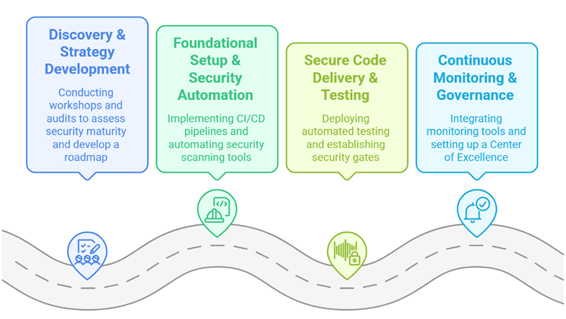
Figure 1: Phased Approach to Implementing DevSecOps in Salesforce
Our process begins with a comprehensive assessment of the agency’s current security posture, identifying potential vulnerabilities, misconfigurations, and inefficiencies in Salesforce deployments. Through collaborative workshops and in-depth audits, we develop a customized DevSecOps roadmap that aligns with federal compliance requirements and operational needs. With this foundation in place, we establish a secure and automated deployment pipeline, integrating CI/CD workflows and role-based security controls to enhance system integrity while minimizing manual intervention.
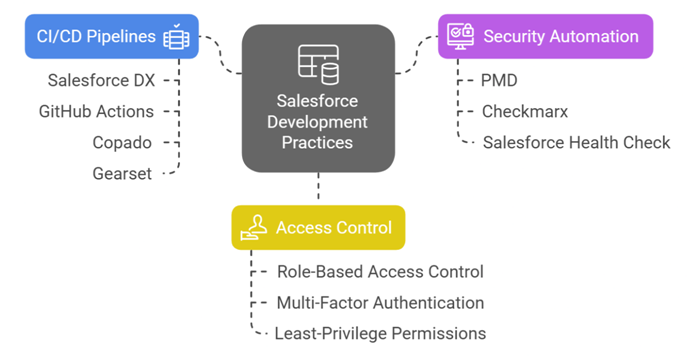
Figure 2: Salesforce DevSecOps Practice
Once the foundational elements are in place, we shift focus to continuous security enforcement and monitoring to ensure ongoing compliance and risk mitigation. Our process incorporates automated security scanning, compliance gates, and rollback strategies to safeguard code deployments while allowing for seamless, controlled updates. Additionally, real-time threat intelligence and event monitoring are integrated into the system, enabling proactive detection and response to potential security incidents. To sustain long-term security maturity, we help agencies establish governance frameworks and best practices that drive continuous improvement. The result is a fully automated, secure, and scalable Salesforce DevSecOps ecosystem, allowing agencies to rapidly innovate while maintaining unwavering security and compliance standards.
Multi-Org Deployment Strategy for Secure Salesforce Releases
To reduce risk and ensure deployment stability, we implement a multi-org Salesforce DevSecOps model, enabling iterative deployments without disrupting production.
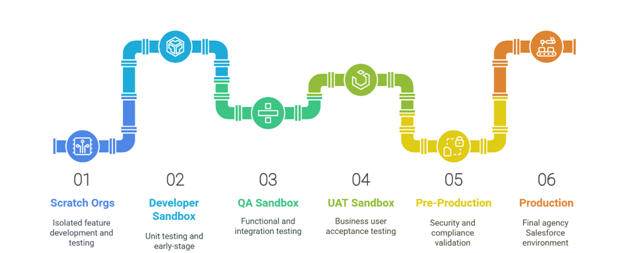
Figure 3: Multi-Org Deployment Strategy
Key Benefits of Adopting DevSecOps for Salesforce
- Automated Security & Compliance – Continuous monitoring for FedRAMP, DoD STIG, and NIST 800-53
- Zero Trust Access Controls – Enforce least privilege security with RBAC, MFA, and SSO integration.
- Faster, More Secure Deployments – CI/CD pipelines reduce manual deployment errors and security risks.
- Real-Time Security Analytics – Salesforce Shield & SIEM integrations provide instant security insights.
- Resilient, Risk-Free Releases – Multi-org deployment strategies ensure stable, controlled rollouts.
Final Thoughts: How Agility Can Help Your Agency
At Agility Technologies, we have more than a decade of proven track record of helping federal and defense agencies implement secure, scalable Salesforce DevSecOps frameworks. Whether you need to assess your current security posture, automate deployments, or integrate real-time security monitoring, we’re here to help.
Next Steps
- Schedule a DevSecOps Maturity Assessment – Identify your security gaps and roadmap to compliance.
- Develop a Tailored Implementation Plan – Design a DevSecOps strategy that aligns with your mission needs.
- Pilot Secure CI/CD Workflows – Deploy DevSecOps automation in a controlled sandbox environment.
- Scale for Enterprise Adoption – Roll out security and automation practices agency-wide.
Let’s Get Started: Contact Us at [email protected]
